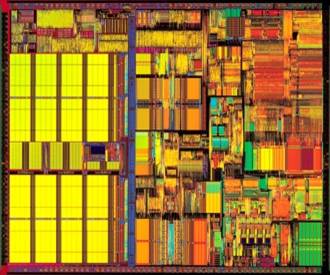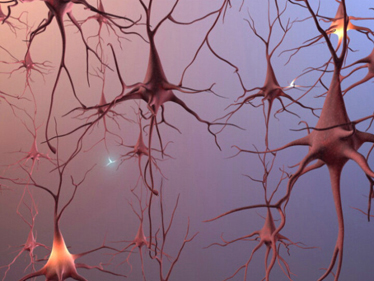In this context, bio-inspired computing architectures are seen by
many,
as a pertinent solution to complement classical processors
Indeed, bio-inspired architectures are massively parallel, large scale, and highly interconnected. This confers them extremely
interesting qualities such as speed, low energy consumption and high tolerance to component defects and variability. The best example
is our our brain, which can interpret complex scenes in fractions of seconds, demands only a few meals a day (less than 10 MJ, to be compared to
105 MJ for a supercomputer) and manages to compute despite the fact that we lose about 104 neurons a day.


